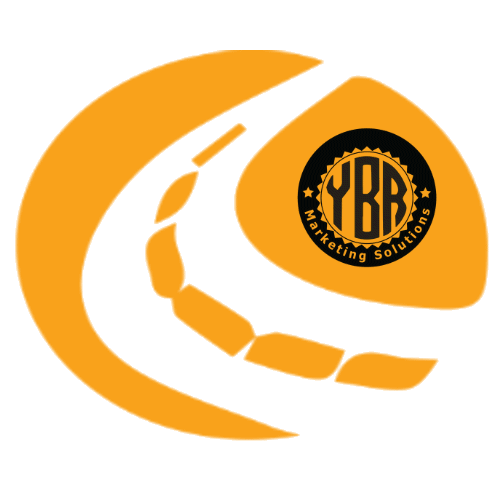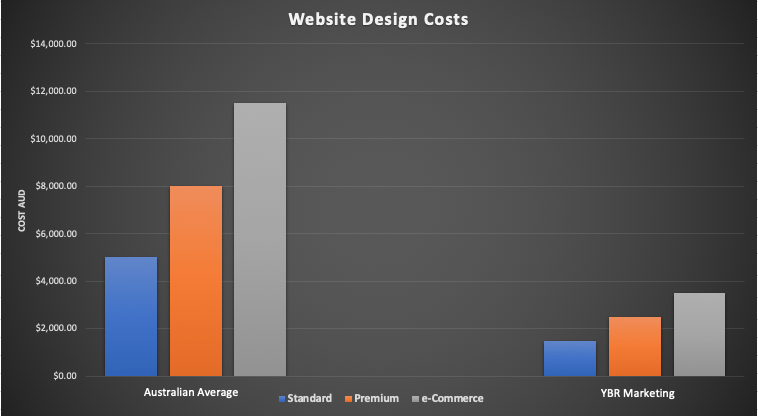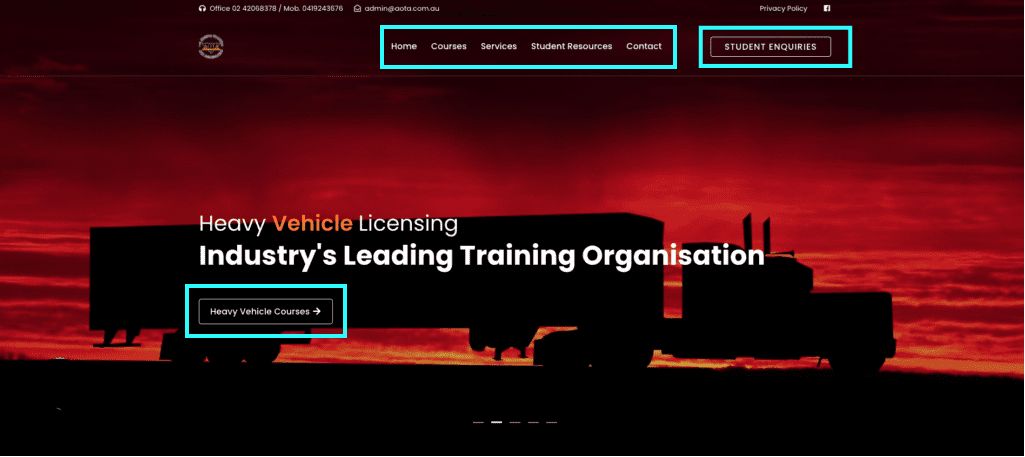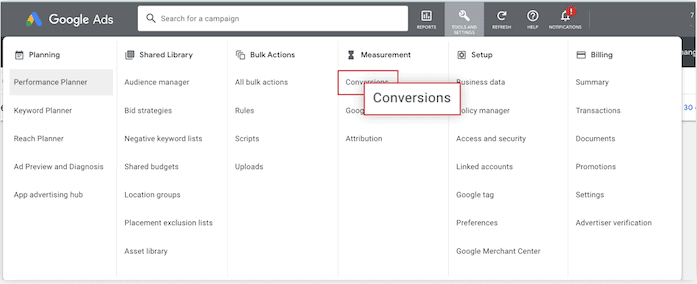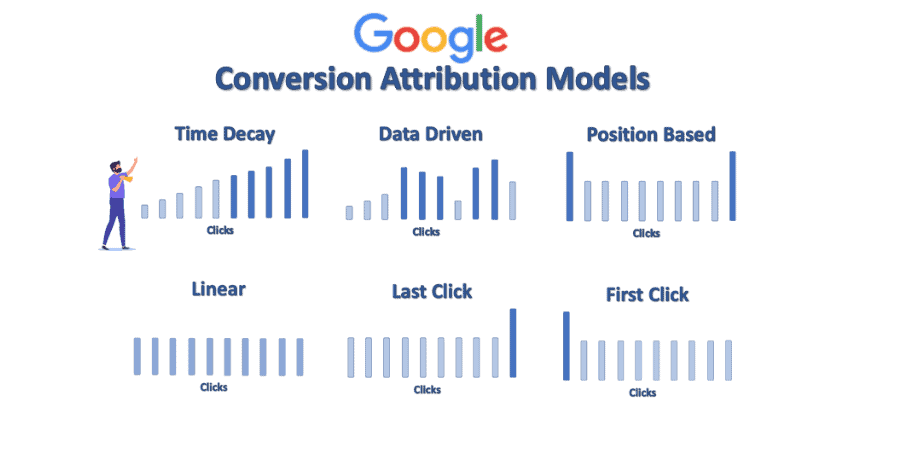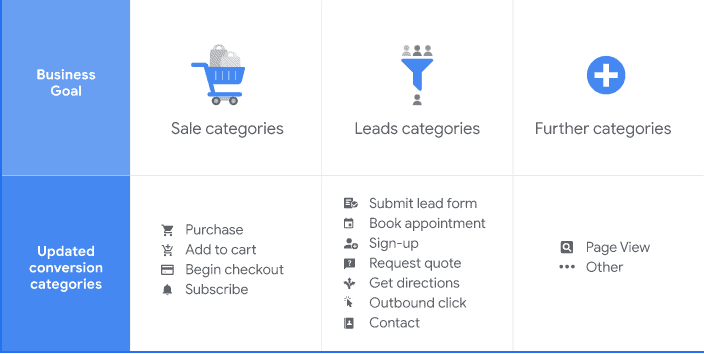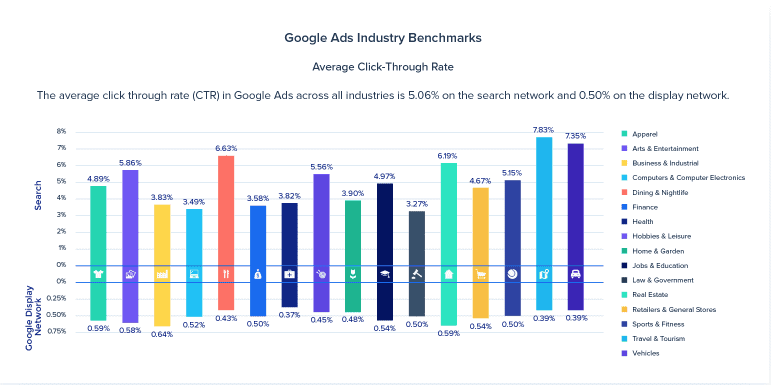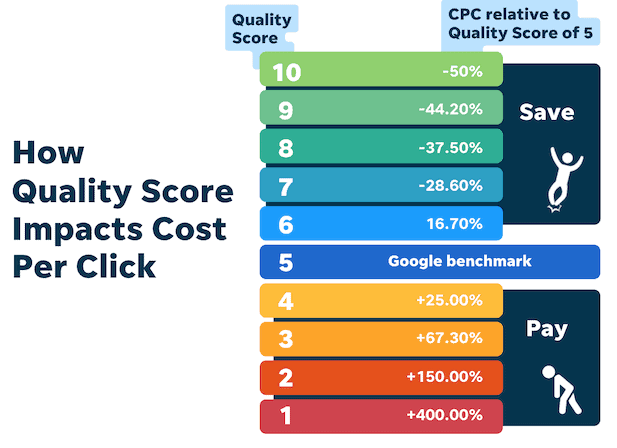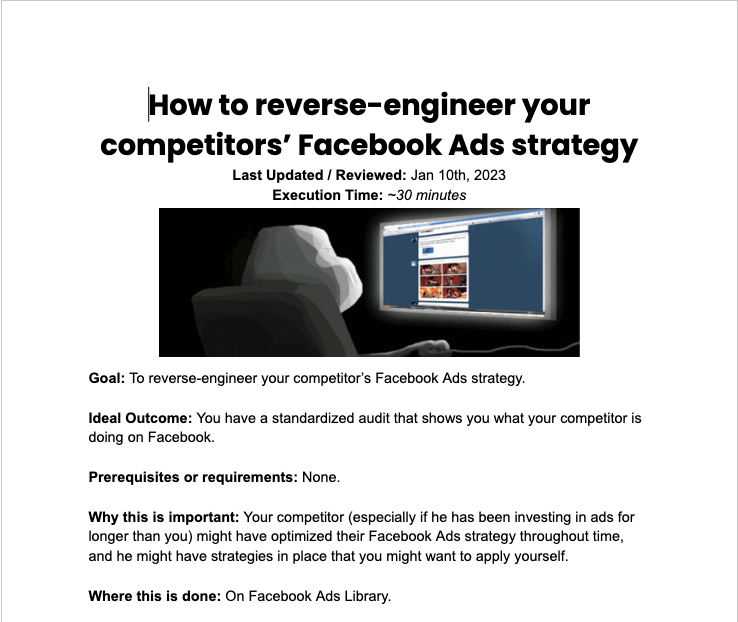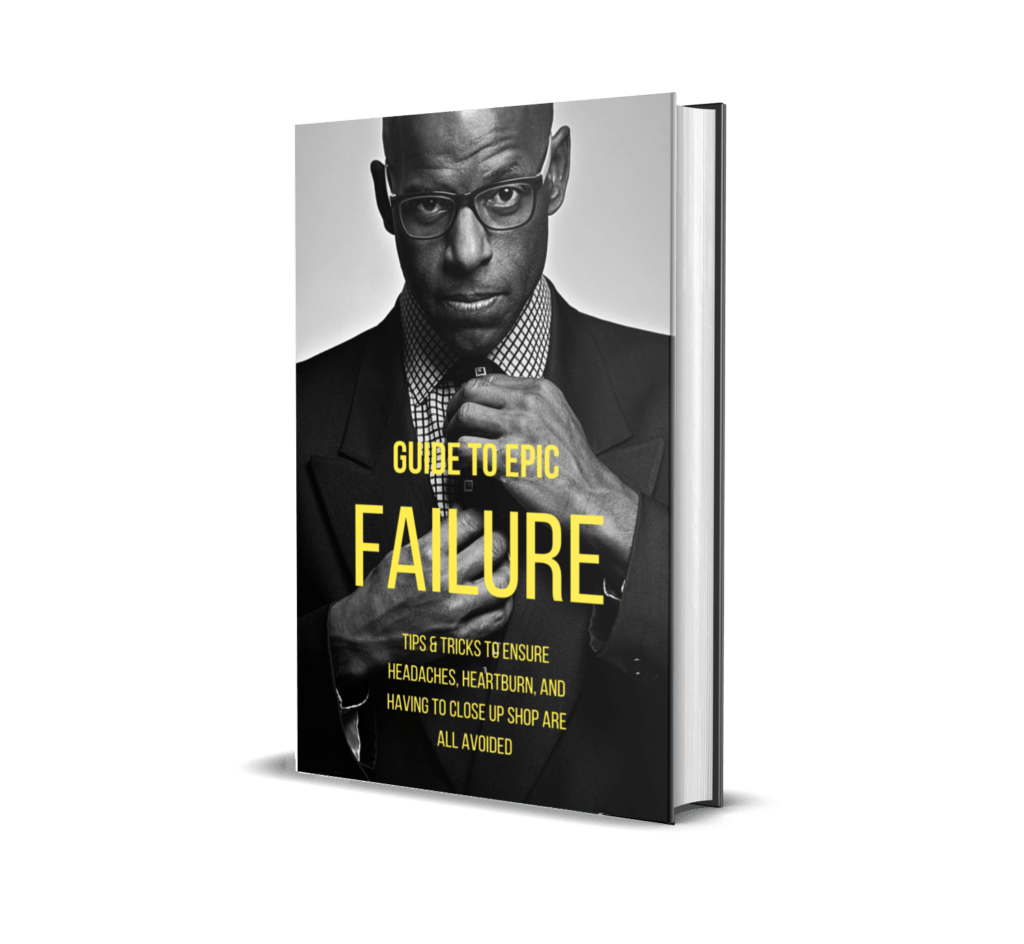
Website Design Wollongong – How Much Does It Cost?
It’s safe to say your business will only grow if you have a website. Most small businesses don’t realize how important a website is until it’s too late. Don’t fall into this trap. Your website should be one of, if not, the most important tools in your business arsenal. It’s easy to fall for the lie that “I don’t need a website because my business is small now and will stay small in the future”. This is far from the truth. And no, it doesn’t matter what industry you are in or how big or small your company may be. If you are in business, you need a professional designed site that will help build credibility, create opportunities and improve the overall image of your company to customers online.
A website is an essential tool for any business.
Ensure that your website looks exactly how you envision it. You can choose between a simple one-page website or a more complex multi-page website.
A well designed website is essential if you want to succeed online. If you are thinking about starting a business, then you should consider having a professionally designed website. The best websites are those that look attractive and are easy to navigate. Websites that are poorly designed can be very frustrating for visitors.
Create a professional looking site that will attract new clients and keep existing ones coming back.
When designing a website, there are many things to think about. You must decide what type of content you want to include on your website. There are several different types of content available such as text, images, video, audio, etc. Once you have decided which type of content you would like to use, you must choose a web host. Web hosting refers to the place where your website resides. There are many different companies offering web hosting services. Some of them offer free web hosting while others charge monthly fees. After choosing a web host, you must register your domain name. Domain names are unique identifiers used to identify websites. For example, www.example.com is a domain name. You must purchase a domain name from a company that offers domain registration. Finally, you must install a web page builder software program onto your computer. A web page builder allows you to easily add pages to your website without needing to know HTML code.
Choose a Theme.
We use WordPress as our CMS platform because it offers a lot of flexibility and power. If you need help choosing a theme, we recommend starting with these popular themes.
Themes are what makes WordPress unique. You can choose from hundreds of free and premium themes available online. There are many different types of themes, such as blog themes, magazine themes, eCommerce themes, etc. Each type has its own set of features and benefits. For example, some themes offer drag-and-drop page builders, while others allow you to customize every aspect of your site. Some themes are mobile responsive, while others are not. Some themes are SEO optimized, while others are not (yet).
Customize it
We know what you’re thinking.
You want a website that looks great and is easy to manage. You probably want it to be mobile-friendly, too. And you definitely need it to work well with SEO—or at least look like it does.
But you don’t want to pay for all that.
Well, we’ve got the answer for you. We’ll create a site that’s perfect for your business using WordPress and our custom theme builder, which means you can easily make changes yourself whenever you need to. Plus, we’ll optimize your site for speed and search engines so that it performs well in Google searches—saving you time and money on SEO costs.
Add features like contact forms or eCommerce.
If you want to create a website that will help you grow your business, it’s important to include features like contact forms, blogs, galleries, eCommerce, and more. These tools allow visitors to communicate with you directly, share content, and purchase products. In addition, many of these features are free to use—which means you won’t have to pay extra fees to add them to your site.
The best websites include these tools because they allow visitors to engage with the brand in a meaningful way. They also make it easy for visitors to share content and buy products without leaving the site or having any technical knowledge about how websites work.
Upload images and videos.
Images and videos add life to your website. It’s not just the words you use that can make your site more visually appealing, it’s the images and videos you add to it as well.
Images and videos are powerful tools for creating a captivating user experience. They are also valuable tools for converting visitors into customers. They help people feel like they know you, understand what your business does and how it works, and even how it can help them solve their problems.
Key Factors for Website Costs
After you have determined what type of website you want to create, it’s time to figure out how much it will cost. Website design costs can vary depending on the type, size, and complexity of your site.
The process of designing a website can be broken down into three parts: content, design and development. Content is what you put on your site, such as text and images. Design refers to the way your site looks (for example, its color scheme). Development is how your website functions (for example, whether it has an online store or not).
As you can see, there are a lot of factors that come into play when you’re trying to determine your site’s design cost. Everything from the complexity of the site to the tools, technologies and hosting services you need to use can have an effect on your price. Through our own experience building websites over many years, as well as watching thousands of websites get built by customers using popular website builders, we’ve developed some general guidelines for estimating your website design price based on the type of site you want.
Resource: Australian average website design costs – IBISWorld
For most businesses, a website design is the most important marketing tool you have. A professional website is no longer an option. It’s critical to success.
Our website design costs have never been lower. We have website plans to suit any business type..
To Your Marketing Success
John

